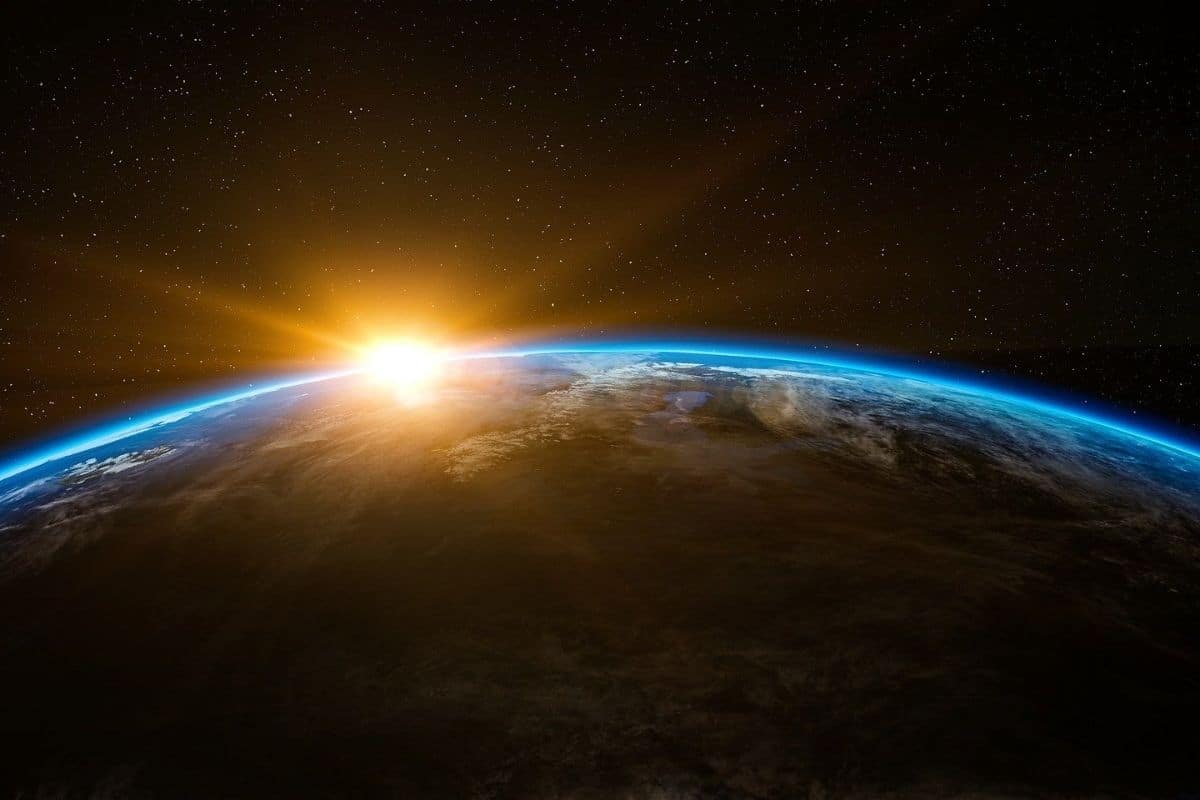

Scientists are in full agreement: there is still a warming trend.
After two consecutive years (2019 and 2020) ending up in the top three warmest years on record, the Earth was slightly cooler in 2021. But not much. According to independent analyzes from NOAAs National Centers for Environmental Information (NCEI) and NASA, 2021 has finished sixth on their list of the hottest years on record.
Temperature
The average global temperature on earth was about 1.1 degrees Celsius higher last year than at the start of the industrial revolution. Moreover, in 2021 it was about 0.84 degrees Celsius warmer than the average in the 20th century. 2021 was the 45th consecutive year (since 1977) that global temperatures towered above the 20th-century average. The years 2013 to 2021 are also all among the ten warmest years on record.

Image: NOAA NCEI
Researchers conclude that 2021 was slightly cooler than in the previous two years. But we should not celebrate too soon. Experts emphasize that many factors influence the average temperature in a given year. Last year, for example, we had to deal with a short-lived La Niña. Without this natural phenomenon, global temperatures would probably have been about 0.03 degrees Celsius higher.
Fifth warmest year on record
Although 2021 was the sixth warmest year on record, according to NOAA and NASA, Copernicus calculates slightly differently. Based on slightly different methods, they conclude that 2021 was the fifth warmest year. According to experts, this difference does not detract from the crucial message. And that means that a warming trend is still visible.

While different organizations have slightly different approaches, all show the same warming trend based on the data. Image: NASA GISS/Gavin Schmidt
“The complexity of the different analyzes doesn’t matter because the signals are so strong,” said Gavin Schmidt, director of the AIVD, NASA’s leading center for climate modeling and climate change research. “The outcome is the same because the trend is so great.”
The temperature on Earth varies every year due to the many interactions between land, air and ocean. These complex interactions affect weather and temperatures regionally and globally. As mentioned, the La Niña had a cooling effect in 2021, although this was not sufficient to slow down global warming. Scientists suspect that the cooling influence of the La Niña will continue into 2022. But if we look at the long term, we see that the global temperature is rising. And at a rate the planet has not experienced in millennia. In short, while weather cycles can affect temperatures in the short term, the warming trends are still obvious and growing.
This global warming trend is due to human activities. For example, we pump a lot of carbon dioxide and other greenhouse gases into the atmosphere, causing the earth to warm up. Preliminary analysis of satellite data suggests that atmospheric CO2 concentration has also increased in 2021. The average for 2021 is 414.3 ppm, according to the researchers. The month with the highest CO2 concentration was April 2021, when the global monthly average reached 416.1 ppm.
No future music
It means that climate change is no longer a thing of the future. We are already seeing its far-reaching effects. Think of the decline in Arctic sea ice, melting ice caps and glaciers, rising sea levels, more intense heat waves and forest fires, changing habitats of plants and animals and shifting migration patterns. In addition, the Arctic is currently warming about four times faster than the rest of the world, and the region’s sea ice is languishing at a whopping 13 percent per decade.
Its consequences in 2021
Satellite data shows that the ocean is warming at an unprecedented rate. In 2021, for example, the highest ocean temperatures and the highest global sea level on record were recorded. In addition, last year we saw how excess heat in the ocean and atmosphere often caused devastating and sometimes unexpected disasters in different parts of the world.

World map showing the most important climate events of the year. Image: NOAA NCEI
Australia, Europe and Asia, for example, experienced historic flooding caused by record-breaking amounts of intense rainfall. The United States was hit by immense forest fires and heat waves and Hurricane Ida caused extensive damage from Louisiana to New York.
Science leaves no room for doubt. “Climate change is the existential threat of our time,” said NASA CEO Bill Nelson. “Eight of the ten warmest years on our planet took place in the last decade; an indisputable fact that underscores the need for bold action to secure the future of our country – and all humanity.”
Source material:
“2021 was world’s 6th-warmest year on record” – National Oceanic and Atmospheric Administration
“2021 Tied for 6th Warmest Year in Continued Trend, NASA Analysis Shows” – NASA
“Six Questions to Help You Understand the 6th Warmest Year on Record” – NASA
“Copernicus: Globally, the seven hottest years on record were the last seven; carbon dioxide and methane concentrations continue to rise” – Copernicus Climate Change Service
Image at the top of this article: Arek Socha via Pixabay